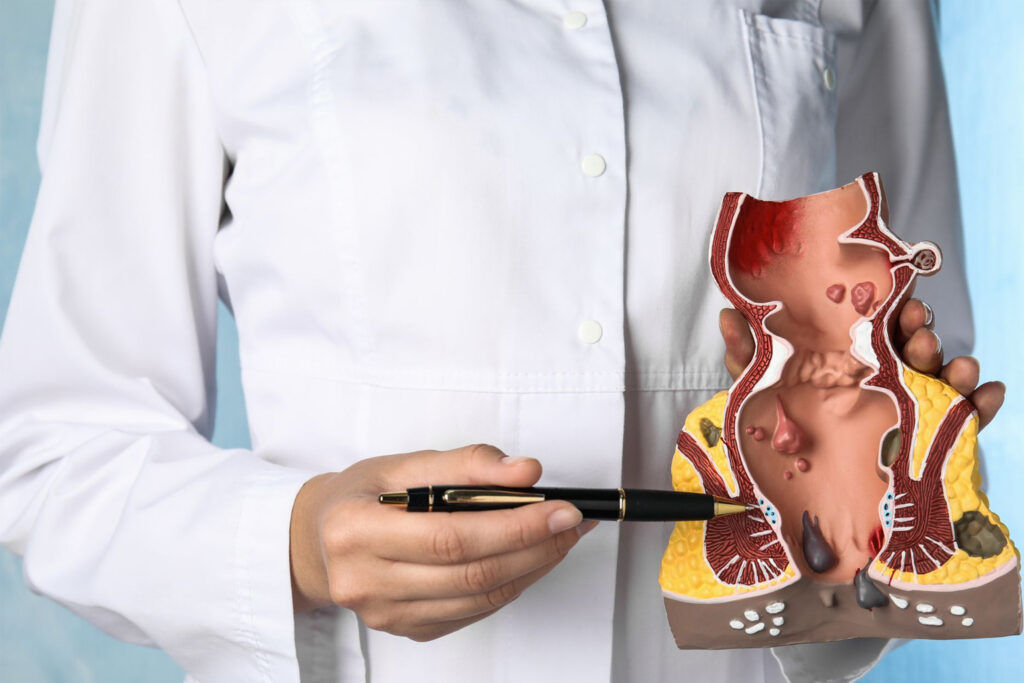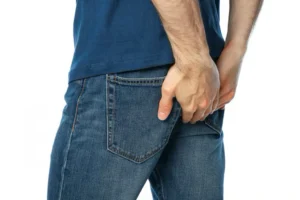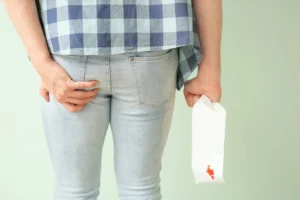
Piles treatment: Haemorrhoids, often called piles, aren’t widely discussed, but they’re very common. If you’ve noticed pain, itching, or bleeding during bowel movements, you’re not alone. The good news: most cases are treatable, with options ranging from non-surgical therapies to surgical procedures when needed. This guide explains when each approach makes sense and how to choose what’s right for you.
What are piles?
Haemorrhoids are simply swollen veins in or around the anus and lower rectum. They can be internal (inside the rectum) or external (under the skin around the anus). Common signs include bleeding during or after a bowel movement, itching or soreness, and a small lump or swelling near the anus.
Also Read | Piles, fissures, or fistulas? Don’t fall for these common myths
What causes piles?
Common triggers for haemorrhoids include straining during bowel movements, chronic constipation or diarrhoea, and sitting too long, especially on the toilet. These habits increase pressure on the veins around the anus and rectum, making swelling more likely.
When to see a doctor for piles?
If you’re seeing regular bleeding, significant pain, or a lump that doesn’t go away, it’s time to see a doctor. Getting help early can prevent complications and spare you a lot of discomfort later.
What are the nonsurgical treatment options for piles?
Simple habits can make a big difference: eat more fibre, drink plenty of water, avoid straining in the restroom, and walk regularly. These steps can keep haemorrhoids from worsening, and in some cases, they settle over time.
Over-the-counter creams and ointments can ease itching, swelling, and pain. Apply them directly to the affected area as directed.

A warm sitz bath is highly soothing: sit in warm water for 10–15 minutes, especially after a bowel movement. It calms irritation and may speed healing.
Minimally invasive treatments for piles:
Rubber band ligation (RBL): A tiny rubber band is placed at the base of an internal haemorrhoid to cut off its blood supply; the tissue typically shrivels and falls off within a few days. The procedure is brief and done in-clinic. Some pressure or cramping is common for a day or two.
Infrared coagulation (IRC): A focused infrared light is applied to the haemorrhoid to generate heat and shrink the tissue. It’s a quick outpatient treatment, and most people go home the same day with minimal downtime.
Surgical treatment options for piles:
Conventional surgery (haemorrhoidectomy): Haemorrhoids are surgically removed using standard instruments. It’s often recommended for large, external, or recurrent piles. The procedure is carried out under anaesthesia, and recovery typically takes a few weeks. Expect some pain and discomfort during healing, but results are typically durable.
Also Read | What causes anal itching? Infections and other possibilities explained
Laser surgery: A focused laser is used to cut or shrink haemorrhoid tissue (e.g., laser haemorrhoidoplasty/haemorrhoidectomy). This procedure is commonly performed as a day-care treatment, allowing many patients to return to their routine more quickly and experience less bleeding.
Piles can feel embarrassing, but there’s nothing to be ashamed of. Whether you start with home care or choose surgery, the key is to seek timely evaluation and pick the option that fits your symptoms and lifestyle.








